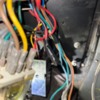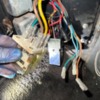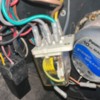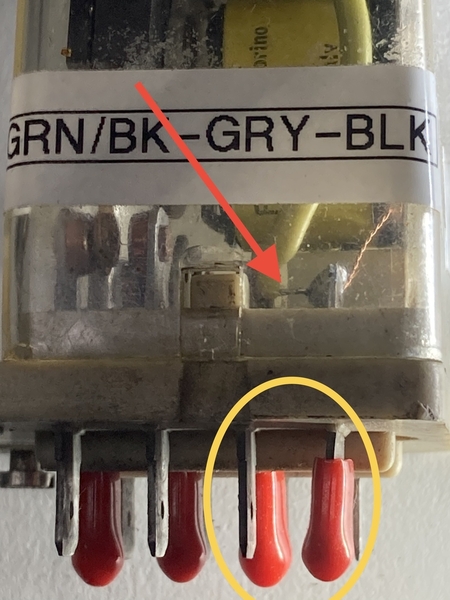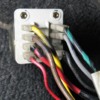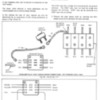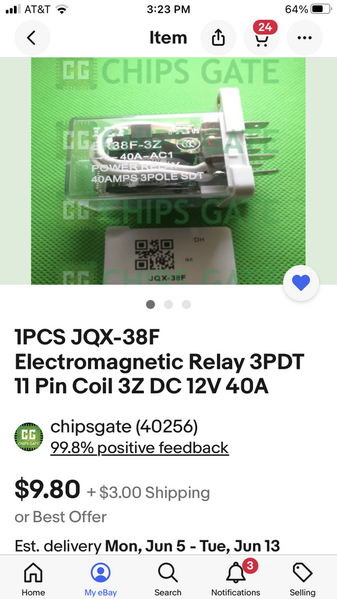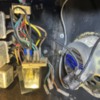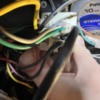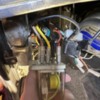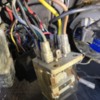Hi all,
I've got head light motor problems and believe it's due wiring issues. :-(
I badly need all you wise fellow Pantera aficionado's help.
I've got a Pantera from 1974, I don't know if that's an early 1974 or 1974, in case that's important.
I've tried to research alot, esspecially on the other technical article here in the forum and also eg Pantera Palace. I've tried several times to understand the wiring diagram for an 1974 and comparing it with my wire harness, but still without success. But at least it looks like my wire harness is the original one.
I've seen the there two different types of head light relay, the D16Y and D46Y. I believe I've got the latter, but I not 100% sure honestly.
I know the head light work. Both the actual light in the head lights because I can see there's light in them when I turn on the head light switch. I've also tested the head light door motor, with separate wires and a 12V battery. Motor works both up and down. And I've tested the limiting switches for continuity and those are fine both of them. The head light switch is brand new, that should be all good. And when I turn on the head light switch I can see and hear the head light relay engages. And releases when I switch off. So I believe the head light relay works.
BUT not matter what, the head light doors don't open or close. They stay closed.
I've inspected the wiring at the head light relay and toke some pictures to share with you.
A few things puzzle me:
1) Why is the R/BK wire not attached to the relay, it's duc taped, but just beside the relay?. I would assume it's suppose to power the head lights but haven't dared to hook it up, because it looks like it's delibrately duc taped.
2) What's the story about the circuit breaker? I can see it's wired up to the green wire in ignition switch connecter block. But it's not hooked up to the head light relay. I forgot to take picture of it, but it was screwed to the head light relay, two wires comming from it, one to the green wire in ignition switch connector block and the other wire was just a lose wire.
I'll stop now, since it's already a long post. Hopefully some can help me get further. Thx in advance.



